Porticoes: These golden arches make Bologna famous
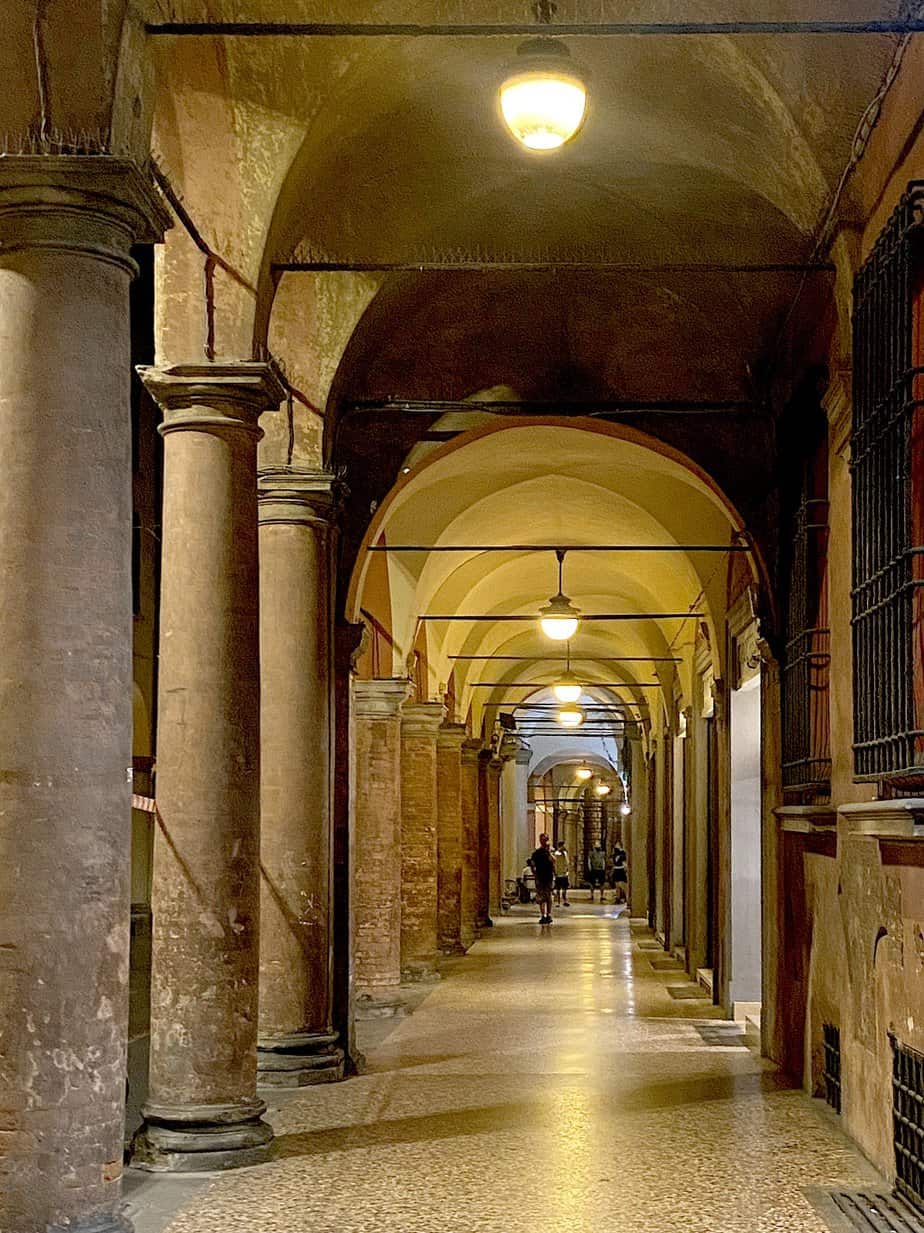
BOLOGNA, Italy – Pretend you’re living in 13th century Bologna. Infighting between ruling families has left one of Italy’s leading commercial cities in chaos. The powerful pope is threatening to take over the town. The Renaissance is still 200 years away, but the Black Plague is coming soon.
You’re trying to keep afloat, repairing shoes or selling ham or whatever you do for work. You have a home. You have a job. You eat every day. You’re doing OK. Oh, about that home.
The city says you must add a portico.
Say what?
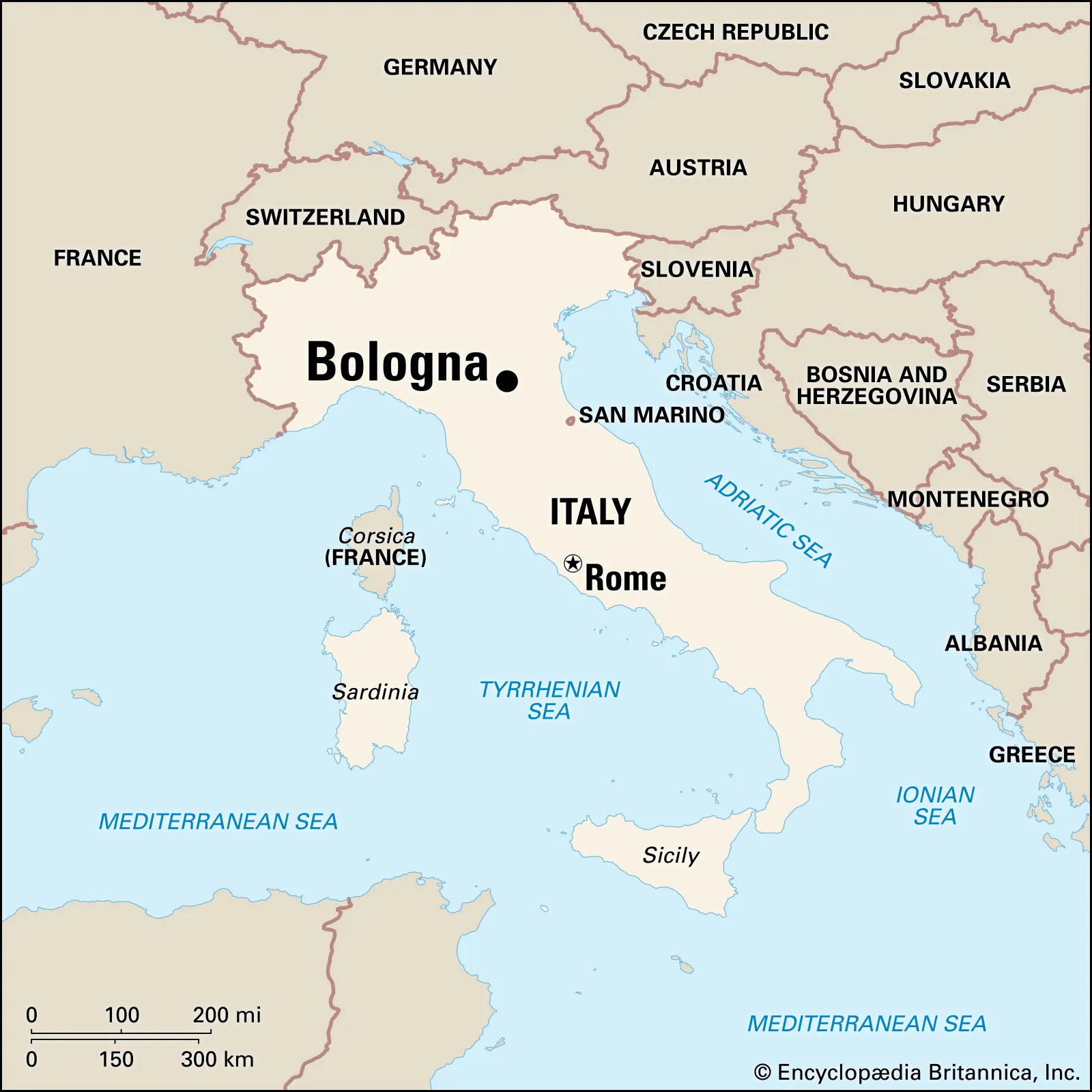
Yes, a portico. It’s an arch that has symbolized Bologna since 1041. The city says it wants the streets to be sheltered. It’s your job to do your part.
The people obeyed. It’s nearly 800 years later and Bologna survived the Black Plague that cut the city population in half and the porticoes have survived to give Bologna one of the most distinct looks in Italy.
Porticoes, those graceful arches that cover sidewalks and hold up residences and businesses, cover nearly 40 miles (62 kilometers) of Bologna streets. If you put them all together in a row, it would stretch all the way to Modena. That is an hour’s drive.
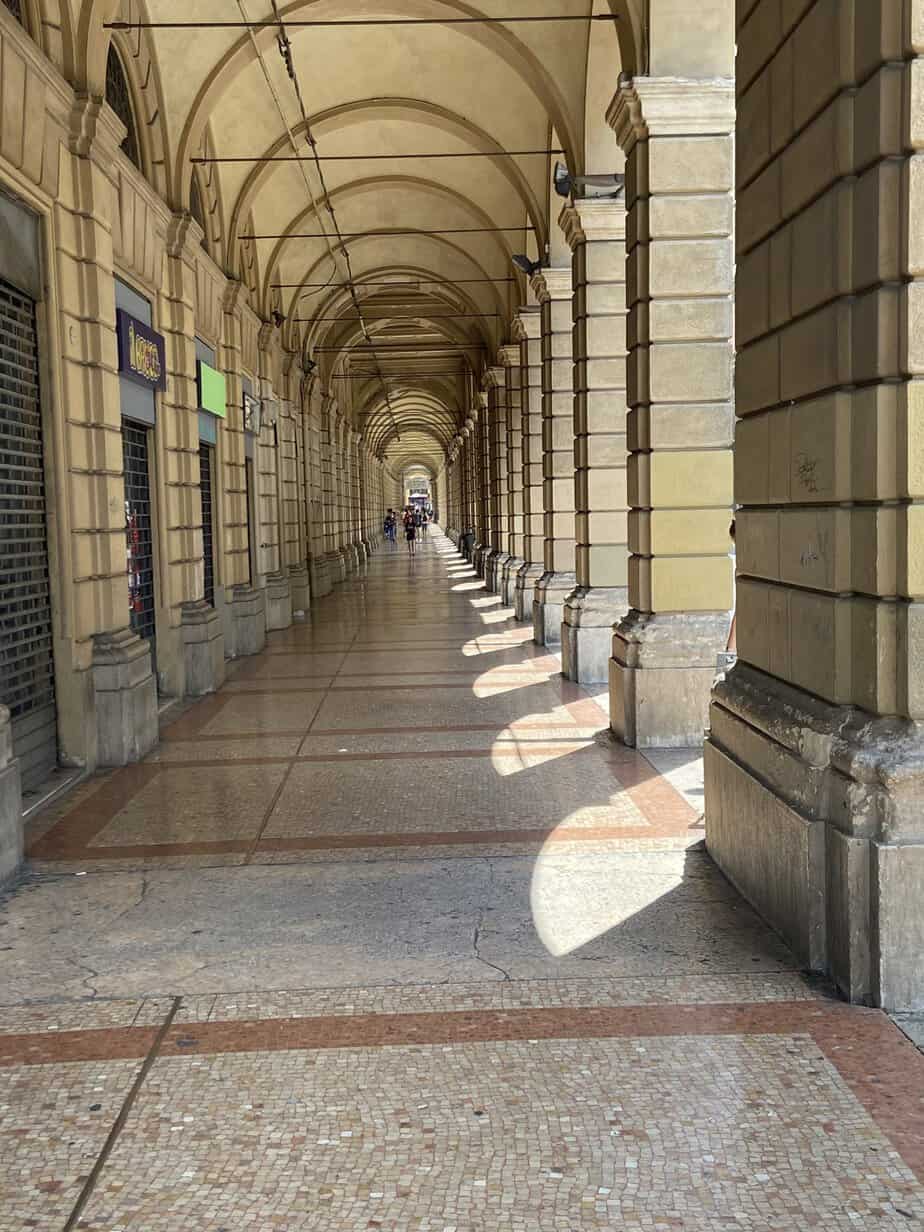
Can you imagine driving under pretty arches for an hour, the landscape flashing by between arch standards like a shuffled deck of colorful cards? Now imagine walking the streets of Bologna today. Artsy archways made of brick, stone and wood stretching entire city blocks, shielding you from Italy’s brutal summer heat or from Bologna’s rainy winters.
Bologna is best known for its huge leaning towers in the middle of the city. The Torre degli Asinelli stretches 320 feet (97 meters) and its smaller cousin, 155-foot (47 meters) Torre Garisenda, are as Bologna as spaghetti bolognese.
UNESCO designation
However, the porticoes in Bologna are much more prevalent. And they are now famous in their own right. UNESCO named them a World Heritage Site in 2021. It’s not a major reason why Bologna is crowding its way into Italy’s overrun tourist rectangle of Milan-Venice-Florence-Rome. RyanAir’s new direct flights from London are the biggest culprit. But the publicity from UNESCO gave Bologna another star attraction besides hearty meat sauces.
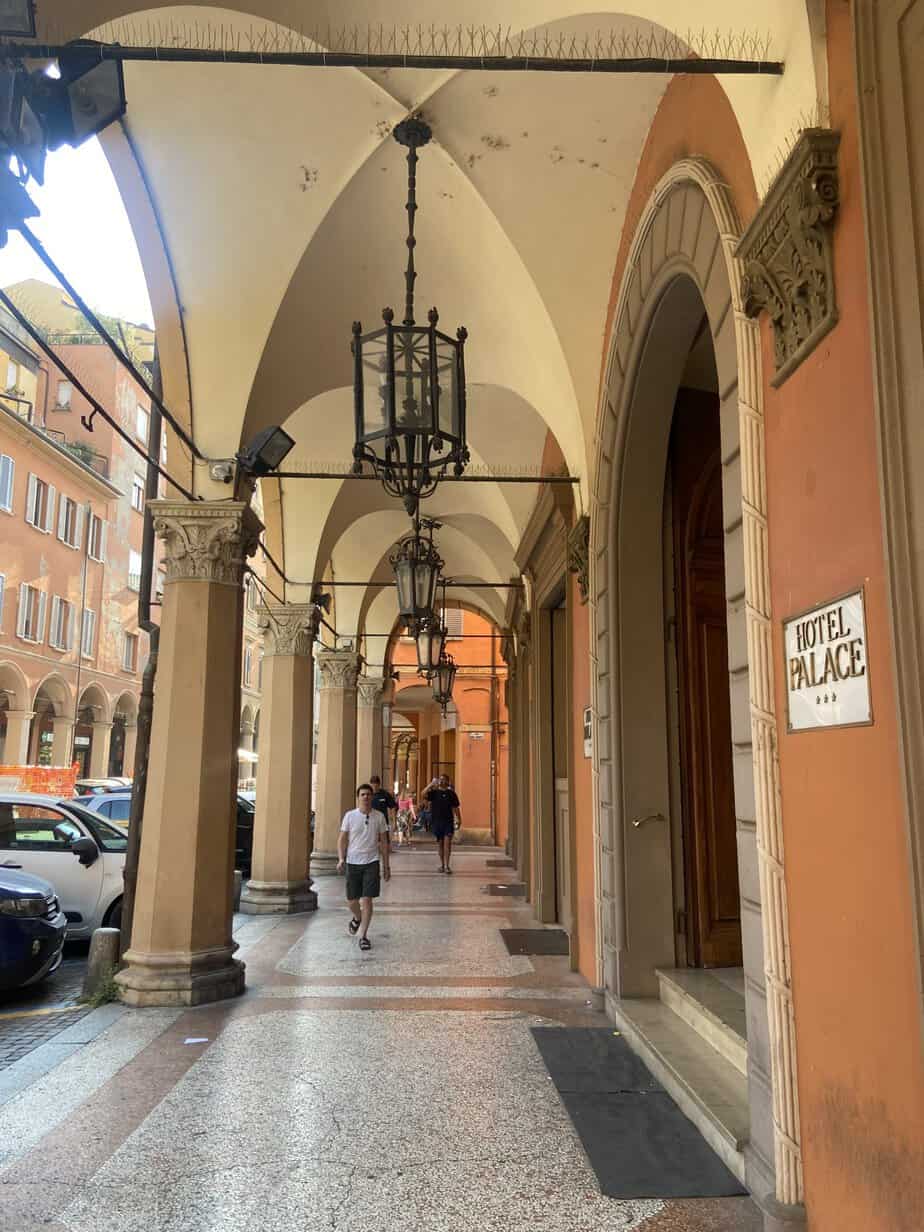
I came to Bologna last month for a meeting of my Travelers’ Century Club Mediterranean Chapter. It’s reserved for travelers who’ve been to at least 100 countries and territories. Some chapter members had been to every corner and cranny on earth but never Bologna. I urged them to walk the streets and don’t worry about the seering July heat and humidity.
You have the porticoes to protect you.
To reach my Hotel Palace Bologna Centro, a regal, Old Italy hotel with stained-wood furniture and chandeliers, I had to walk under porticoes. When I walked down my narrow street to the main drag of Via dell’Indipendenza linking Bologna’s Piazza Maggiore, I walked under porticoes.
They are everywhere and valued architecture during my visit as temperatures hit the 90s with about 45 percent humidity.

I’ve been to Bologna numerous times and its biggest allure for me isn’t the towers or spaghetti bolognese, it’s these porticoes. They connect Bologna to its history almost as well as the Forum does Rome or the Ponte Vecchio does Florence.
Porticoes history
The first evidence of porticoes in Bologna came in 1041. Local architects built the strong, sturdy columns to support structures. It allowed people to increase living spaces above ground. In 1088, the University of Bologna opened and porticoes allowed it to accommodate more students and scholars.
The university has been open ever since, making it the oldest university in the world.
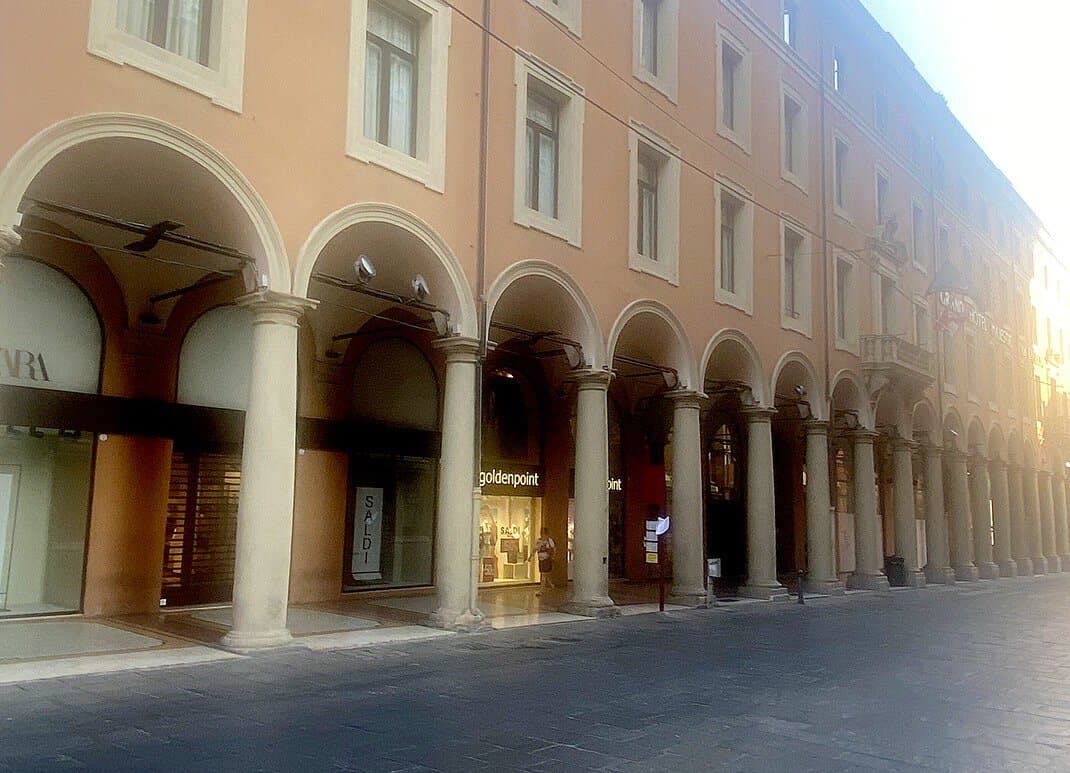
In 1288, the city expanded porticoes. A new local law required all new homes to have them. Anyone who didn’t have a portico must build one. That seems a bit extreme. Hell, I moved out of my last apartment in Rome over having to pay for an upgrade on my radiators.
The professor
To get some answers, I met one of the leading architecture scholars in Bologna. Ernesto Antonini, an architecture professor at the University of Bologna, met me at one of his favorite watering holes. Medulla Vini is a small, intimate enoteca that serves some of Emilia-Romagna’s fine wines and the region’s famed antipasti of parma ham and parmesan cheese.
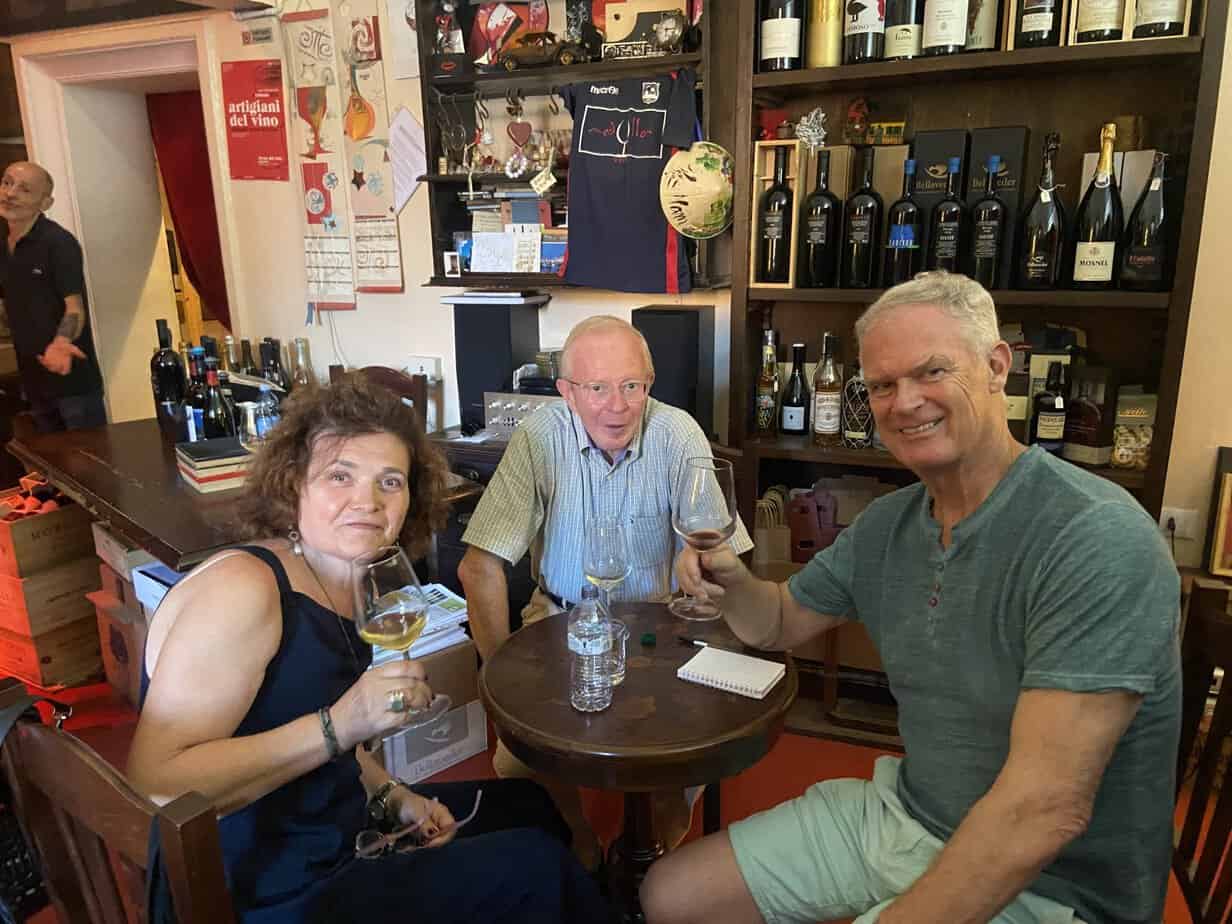
Over a glass of Pignoletto, a crisp white wine produced in Bologna’s foothills, I asked him why the city was so heavy handed about porticoes clear back in the Middle Ages. He said it was for shelter. Huh? Winters in Bologna are that harsh?
“In the summer, too,” he said. “Before the global warming change, Bologna was like other cities in Northern Italy. It had very cold winters. A couple months of snow and below-zero temperatures for weeks. Also in the spring there was lots of rain. Before they paved the roads, the only pathway to walk was under the portico.
“The idea of the shelter was a very rich idea. It must protect the people from the sun in the summer and snow in the winter and also the rain in autumn and winter.”
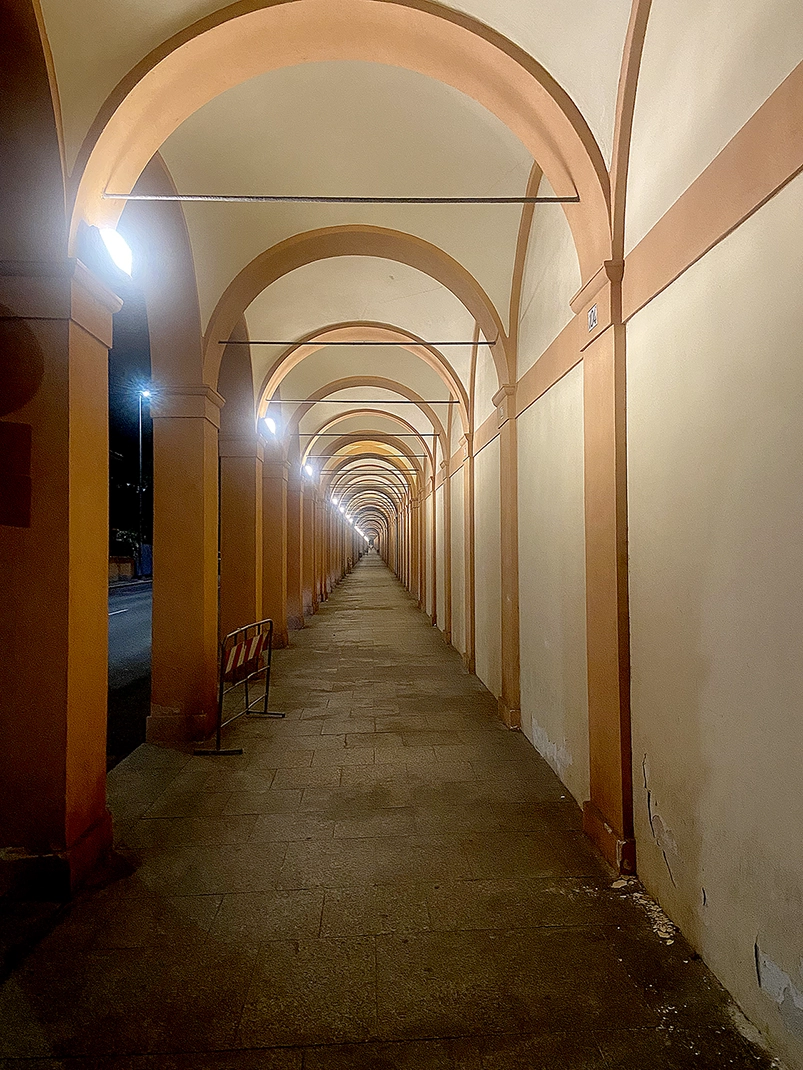
I asked him what he likes about porticoes aesthetically. Only an architecture professor can get misty eyed over a wooden arch.
“The idea is very attractive,” he said. “This network of public pathways is an exciting idea. It’s also some beautiful buildings that tried to incorporate the portico idea into the building design.”
Two famous porticoes
We walked outside to Piazza Maggiore, a huge courtyard anchored by the massive Gothic hulk that is the 14th century Basilica di San Petronio, featuring a sundial inside measuring 220 feet (67 meters). With the church on my right, I could see a long portico at the far end that stretches the width of the 60-meter wide piazza. It was designed in the 16th by Vignola, arguably Italy’s top mannerist architect during the Renaissance.
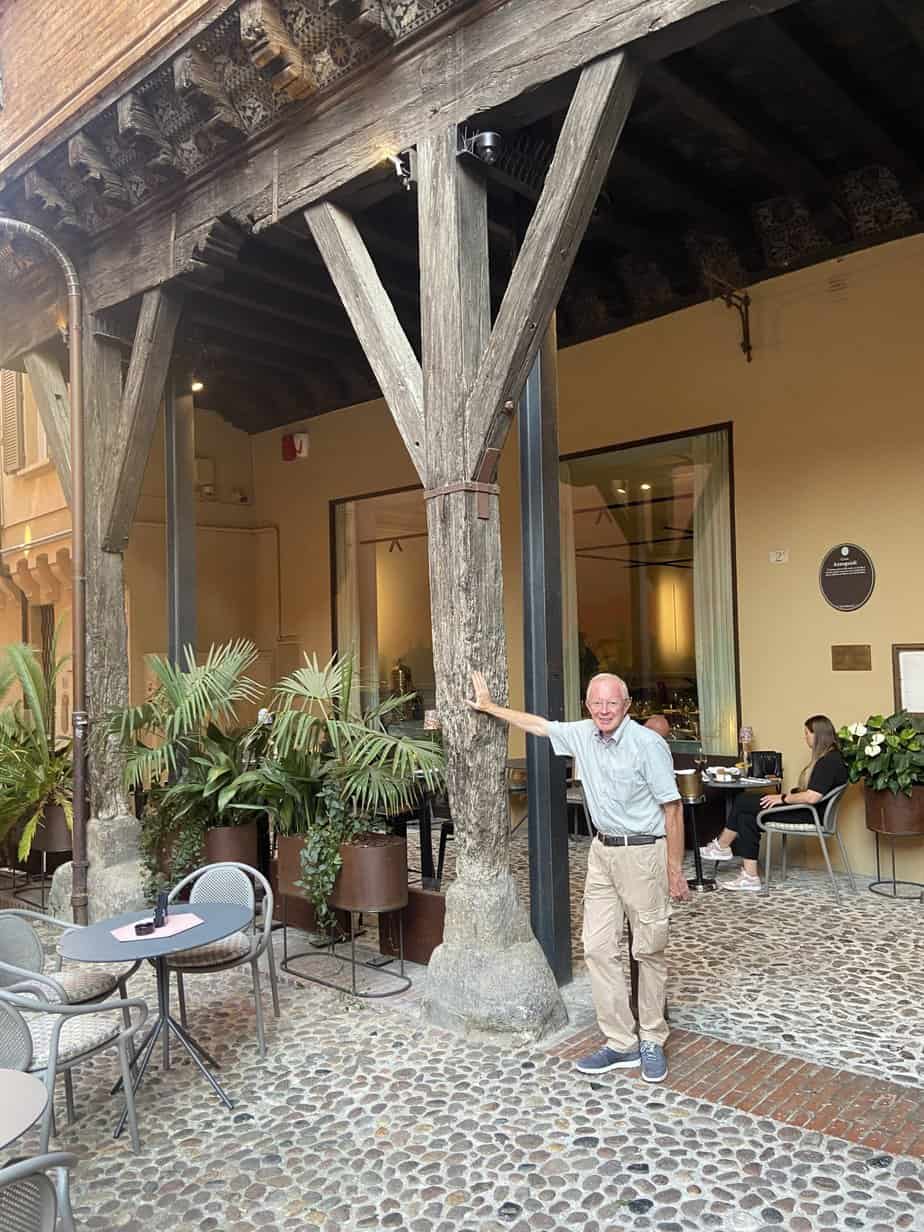
Ernesto took me down a couple side streets for a step further into history. We came across a tony wine bar. Couples sat outside with big wine goblets and snacks. Finely decorated tables filled the inside. The only thing that didn’t fit with the modern trappings was a giant wooden post about 20 feet high.
This, holding up the roof over Ristorante Casa Azzoguidi, is Bologna’s oldest remaining portico, built in the 12th century.
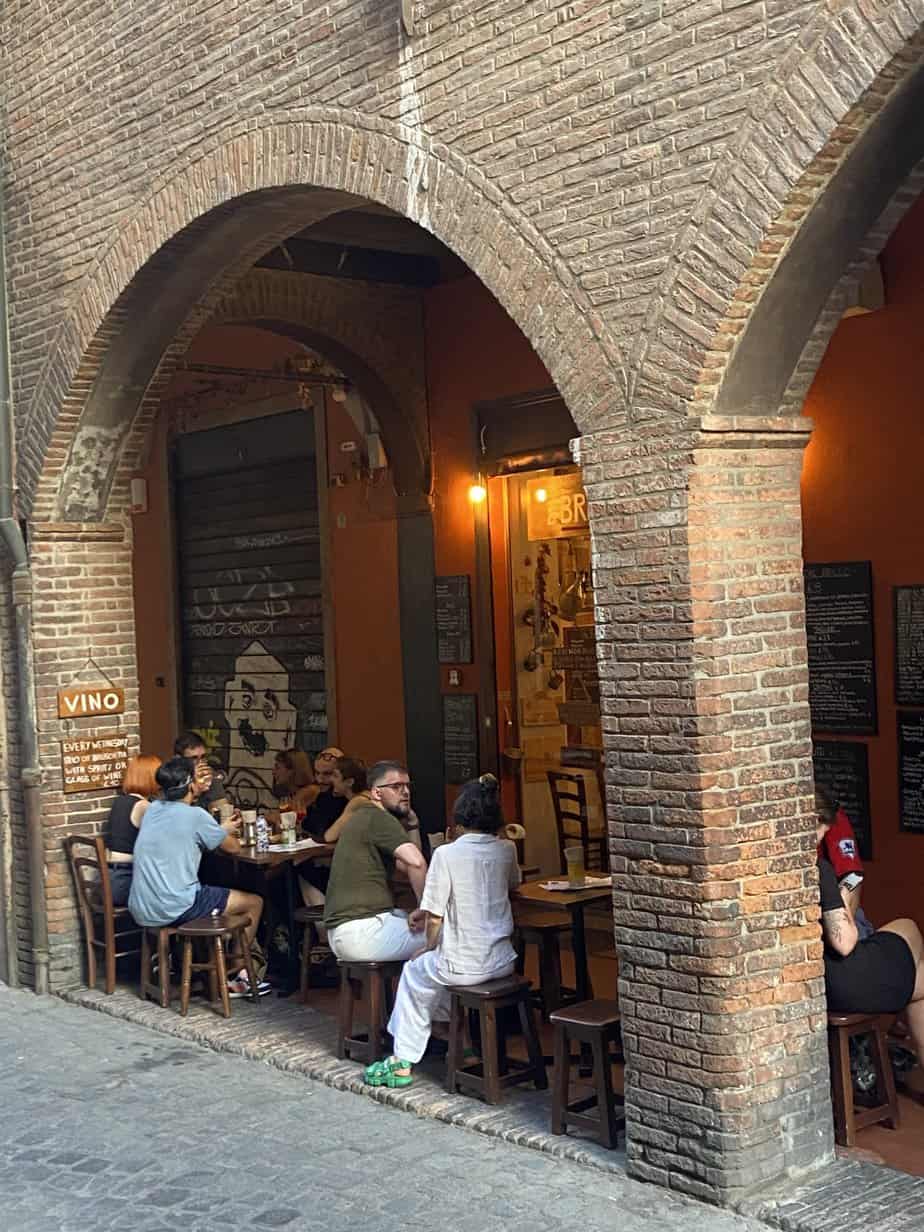
I left Bologna hoping it would not become a tourist trap that, like Venice, charges day trippers to enter. The Garisenda was under reconstruction and the area cordoned off, making it look as if it was ready to collapse. The city needs some relief.
But forever more, Bologna’s porticoes will provide their share.
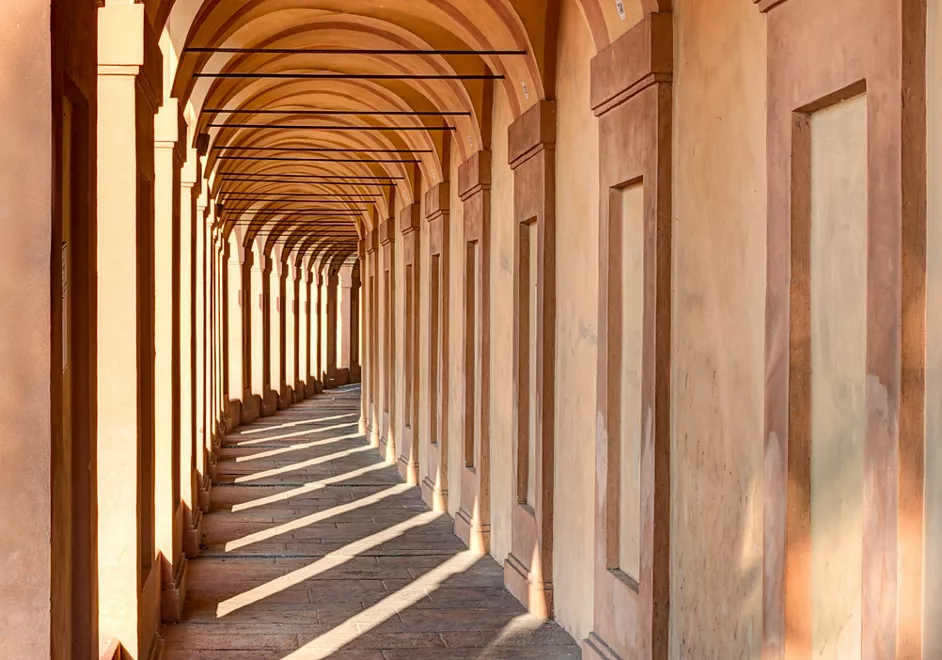
If you’re thinking of going …
How to get there: Numerous trains leave daily from Rome’s Termini station for Bologna. The 2-hour, 20-minute journey starts at €24.90
Where to stay: Hotel Palace Bologna Centro, Via Monte Grappa 9/2, 39-051-237-442, https://www.hotelpalacebologna.com/, info@hotelpalace bologna.com. Three-star hotel in heart of the Old Town has big rooms and old-fashioned feel. I paid €184.54 for two nights.
Where to eat: Trattoria Nonna Rosa, Via Piave 31/b, 39-051-615-3921, https://trattorianonnarosa.it, noon-2:30 p.m. Wednesday-Sunday, 7-11 p.m. Tuesday. Off the beaten path outside Centro Storico, Nonna Rosa has excellent homemade pastas starting at €12 and meat dishes starting at €11.
When to go: As I recommend to all readers, Italy in July. It’s hot and crowded. Bologna was in the low 90s with high humidity when I visited. Go in spring or fall. Temperatures range from 57-73 in May and 53-66 in October.
For more information: Bologna Welcome, Piazza Maggiore 1e, 39-051-658-3111, www.bolognawelcome.it, 9 a.m.-7 p.m. Monday-Saturday, 10 a.m.-5 p.m. Sunday.


August 28, 2024 @ 10:50 pm
Another excellent article
August 29, 2024 @ 6:51 am
Thanks, Joanna. Ever get to Italy? How’s Johnny doing? Tell him hi.